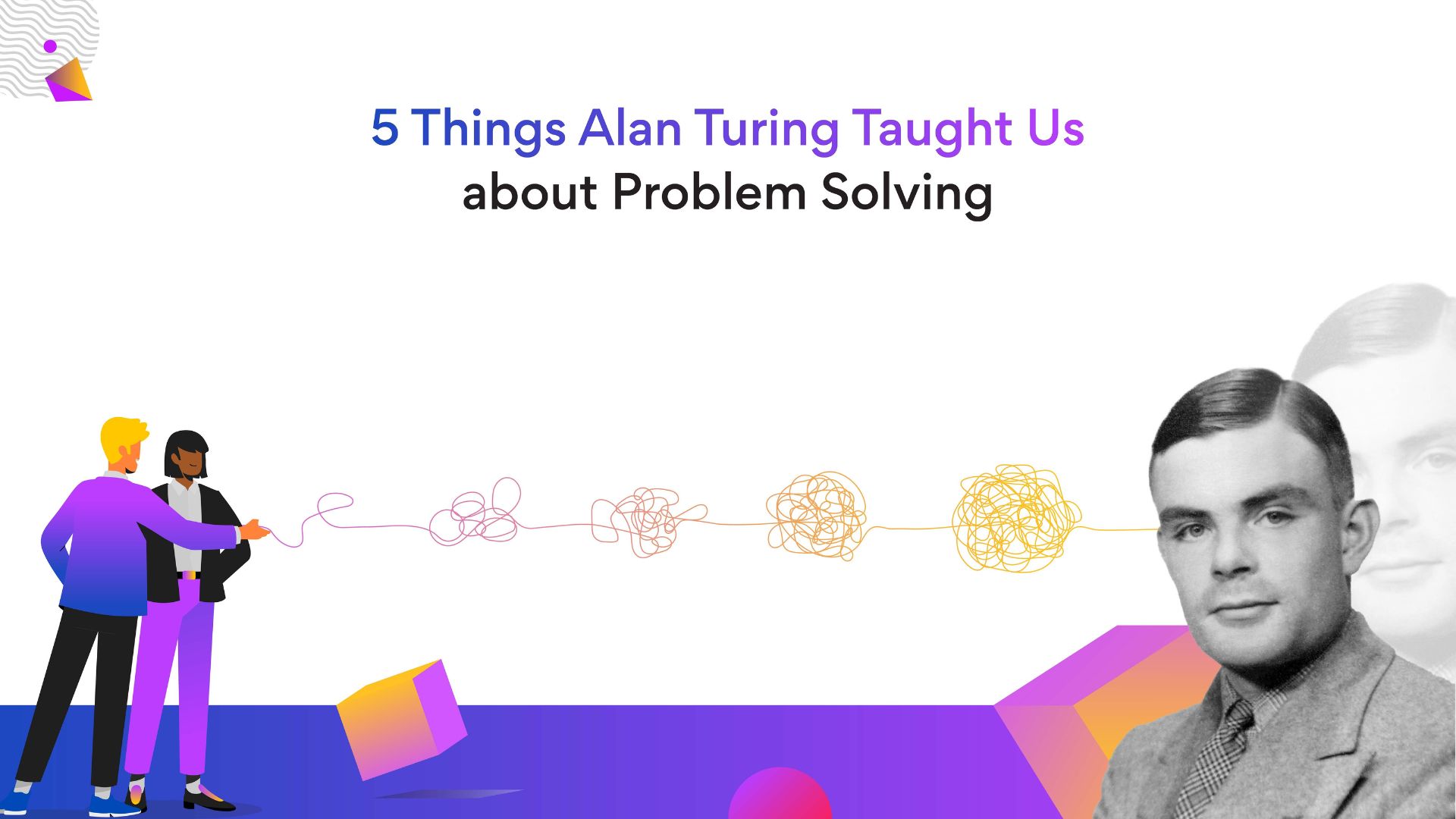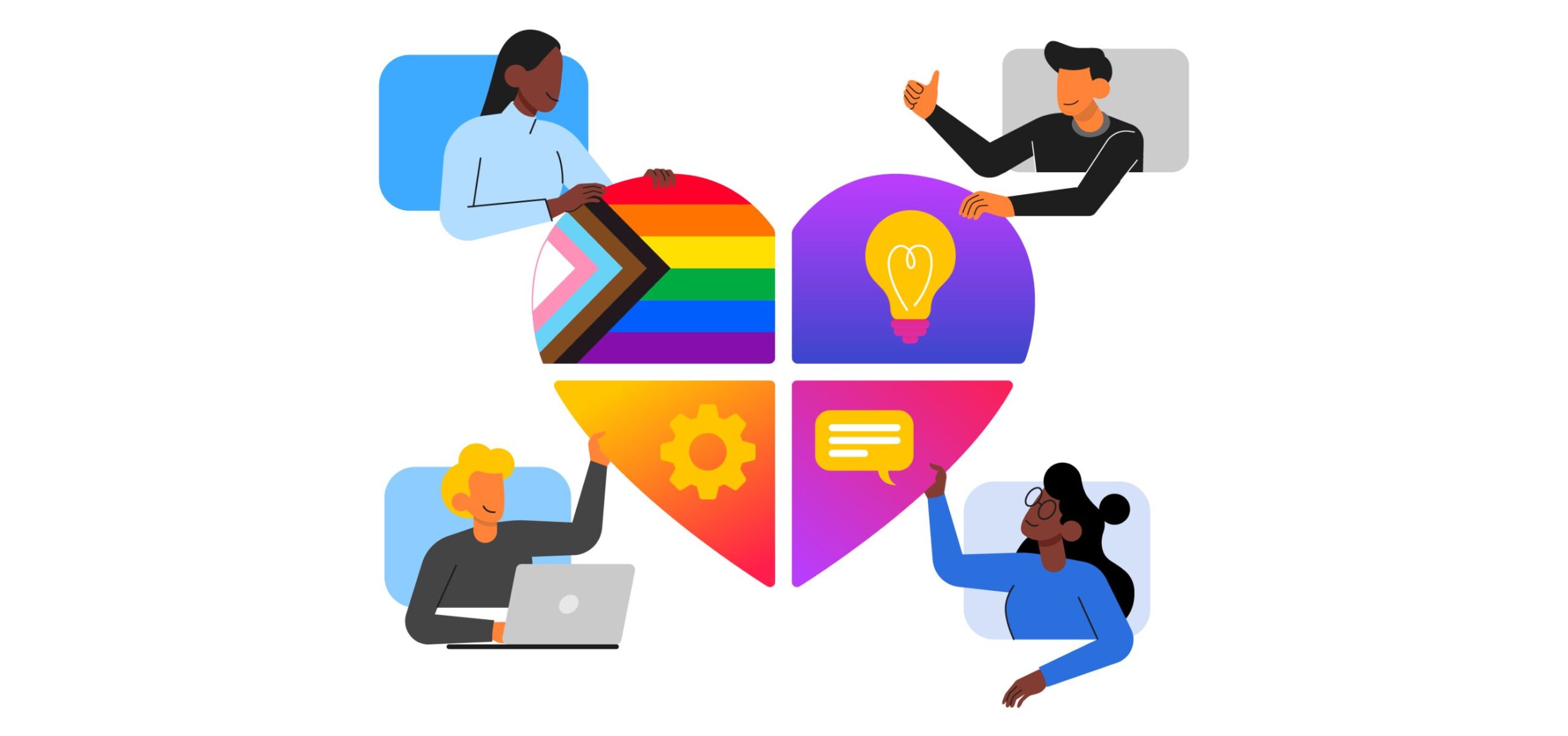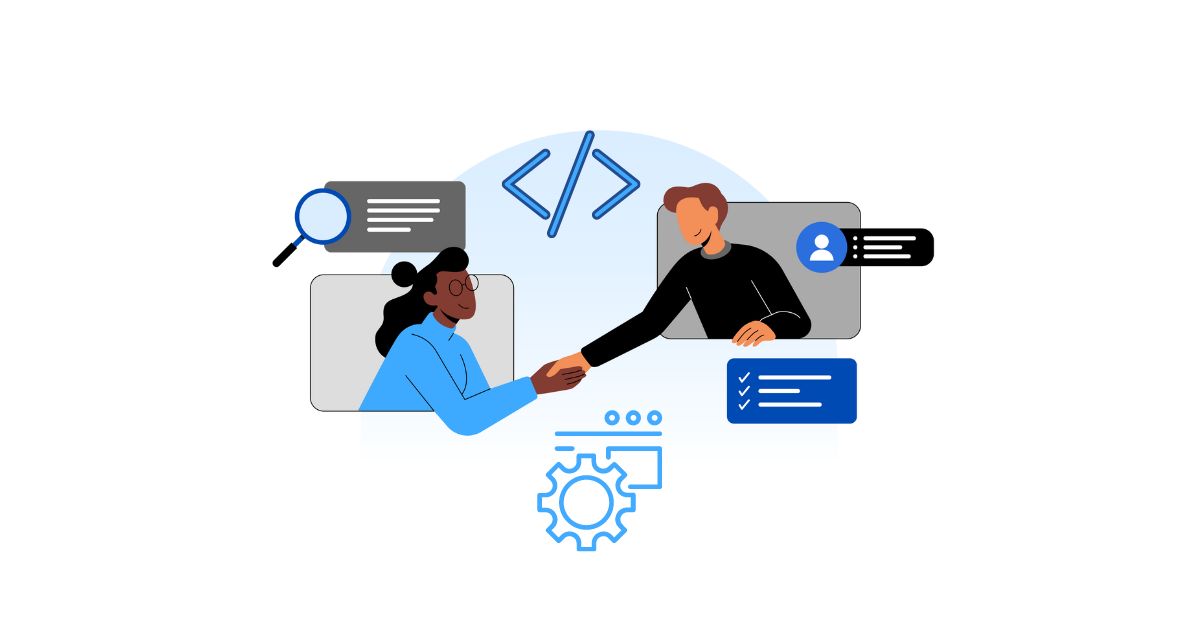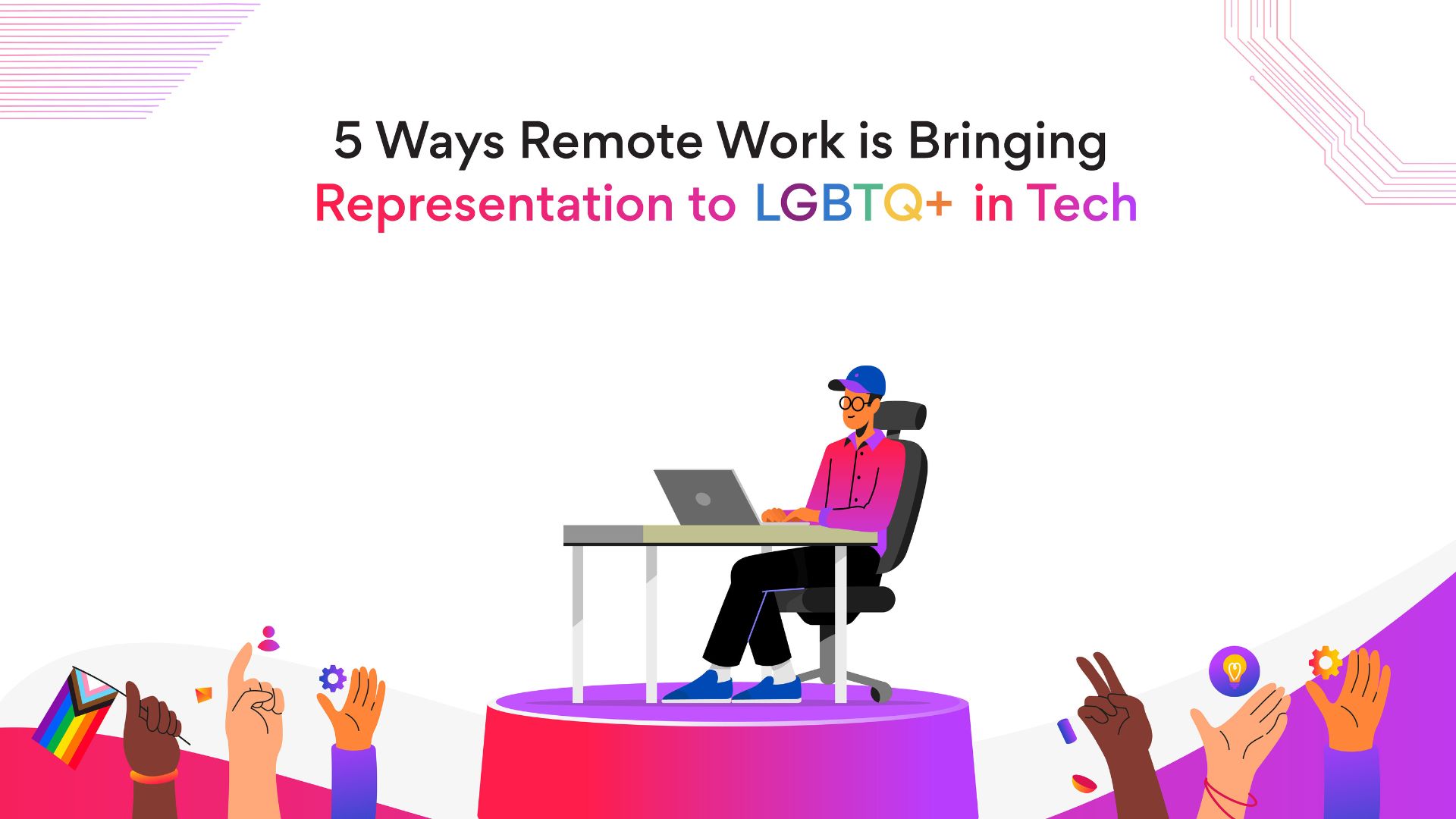5 Things Alan Turing Taught Us about Problem Solving
June 23, 2022, is Alan Turing’s 110th birthday. However, Turing’s legacy lives on even after a century and more. But what is Alan Turing most famous for? Did Alan Turing invent the computer? What happened to Alan Turing? Is Alan Turing the father of computers? What does Alan Turing teach us?
Looking for answers to these questions? Keep reading.
Alan Turing was an English mathematician, logician, and cryptographer who broke the Nazi Enigma code during World War II. His invention gave the British allies the advantage they needed to win the war in Europe and paved the way for developing the world’s first computer.
Unfortunately, Alan Turing committed suicide in 1954 by consuming a cyanide-laced apple two years after being outed as gay. Turing was convicted of “gross indecency” as the UK did not decriminalize homosexuality until 1967. Turing was only 41 years old at the time of his death.
The public had no idea how significant his contributions were to the war effort when he died. Turing was posthumously pardoned by Queen Elizabeth II sixty years later, in 2013.
Although he left the world early, he left behind a sea of lessons to inspire the coming generations. Therefore, this Alan Turing’s birthday and Pride Month, we have gathered some great insights from his problem-solving techniques.
Five things Alan Turing taught us about problem-solving
-
Diversity leads to faster solutions
Although Alan Turing found most of his coworkers irritating (as most resources point out), he knew that a team with diverse origins, genders, and interests is important to fulfilling the project.
He felt that using various problem-solving techniques for analysis and idea development leads to fresh ideas and, in many cases, unique solutions to issues. -
Ideology has the potential to sabotage even the most ingenious plans.
The “Heil Hitler” greeting was prevalent in Germany during the 1930s and ‘40s. The repetitiveness of this greeting allowed Alan Turing and his team to drastically reduce the number of variations the machine had to go through to decode the scrambled words.
This action beautifully demonstrates that simplistic templates, especially ideologically motivated ones, can become the pitfall of otherwise brilliant solutions. -
Competition nourishes the thought process.
Turing felt that winning tasks can help people enhance their mental abilities. This approach doesn’t say that winning is the only way to develop your brain power; instead, it suggests that improving over previous accomplishments and performances is the way to achieve more.
Turing witnessed the rivalry between Germany and Britain during World War II and the fierce competition between coders and code breakers. After that, he came to the conclusion that when we act to improve ourselves through competition, our brains alter. By reshaping our brains, we can boost our performance and intellectual abilities. -
Creative solutions bloom in an open environment.
Today, many big techs offer ping pong tables, pinball machines, gyms, and even nap pods to their employees, creating an active, open environment for the workforce.
However, back in the 1930s and ’40s, a command structure persisted. Though Alan Turing was impervious to their efforts, the military officers always tried to enforce order and discipline at work.
When all the military tactics failed to crack the Nazi code, the British officers allowed Turing to step in. As we all know, the eccentric mathematician was instrumental in breaking the German Enigma code, proving that creative solutions need boundaryless spaces. -
Disruptive technology demands new approaches.
The military and the cryptologists all believed that the right way to break the Nazi code was the way they had always done it, by hand. They continued to pursue that route even after calculating that it would take a million years to test all variations the Enigma machine used.
However, Turing preferred a never-seen-before approach to solving the problem. He used a digital computer. This approach was a great example of ‘outside-the-box thinking.’
Alan Turing did not know the path he would take when using the digital computer, but he knew the problem and the goal he had to discover. And thus, Turing went ahead with the new system and emerged victorious.
Bottom line
Alan Turing was a great thinker and problem solver. He laid the foundation of modern computing and inspired a generation of thinkers, believers, and innovators.
With a 50-pound banknote dedicated to him, a movie, a British pardon, and an apology, Turing is getting the recognition he deserves. He is gaining credit for not just his pioneering work in the war but also for inventing the Universal Turing Machine, which has transformed the modern world.
FAQs
- What is Alan Turing most famous for?
Alan Turing is most known for his work as a computer scientist and a code breaker. Alan Turing came up with the idea of the Universal Turing Machine, which served as the foundation for the world’s first computer in 1936. In 1950, he created an artificial intelligence test that is still used today. - Did Alan Turing invent the computer?
Alan Turing was one of Britain’s most significant figures in the 20th century. Turing created the world’s first computer in 1936 as part of an effort to solve a complex question known as the Entscheidungsproblem. - What happened to Alan Turing?
Turing’s career ended after the British government learned of his sexual orientation. In 1952, he was charged with “gross indecency,” lost his job at the Government Communications Headquarters, and had to accept chemical castration through Diethylstilbestrol (DES) injection. Following this, Turing committed suicide and died of cyanide poisoning on June 7, 1954, aged 41, just 16 days before his 42nd birthday. - Is Alan Turing the father of computers?
Alan Turing is widely regarded as the founder of contemporary computer science. He developed the first modern computer, deciphered the encryption of German Enigma machines during WWII, and detailed a technique known as the Turing Test.
Are you a remote software developer looking for a long-term, high-growth, and high-paying remote software job? Try Turing! Turing helps skilled developers land remote software jobs with top US companies. Visit our Apply to Jobs page to find out how!
Join a network of the world's best developers and get long-term remote software jobs with better compensation and career growth.












